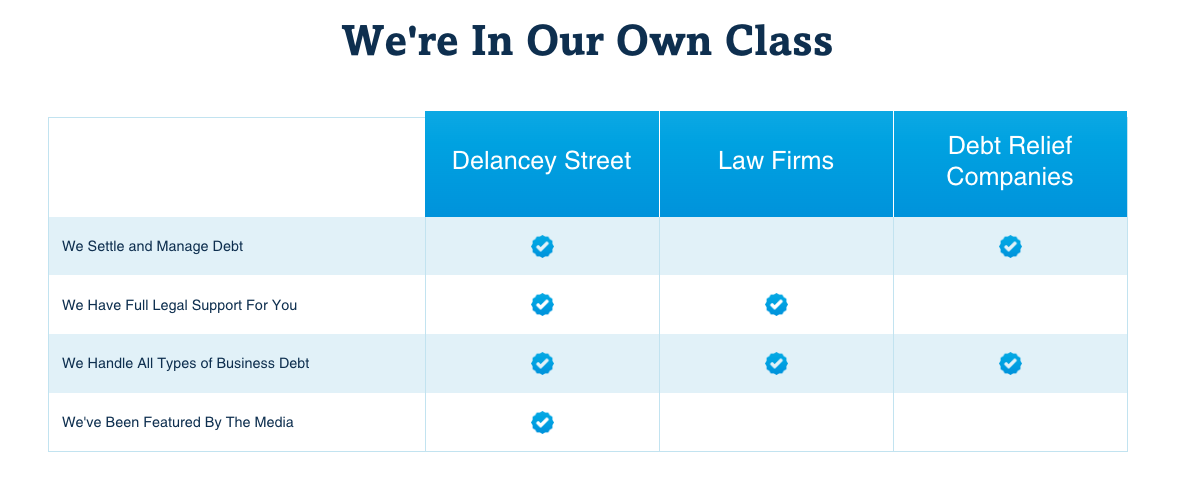What Are Lines of Credit & How Do They Work?
A line of credit is a type of loan that allows you to borrow money up to a pre-approved limit. It works similarly to a credit card in that you can access funds as needed, pay it back, and then borrow again without having to reapply. Lines of credit are useful for managing cash flow for expenses that fluctuate.
How Do Lines of Credit Work?
A line of credit has three main components:
 -
-- Credit limit – This is the maximum you can borrow on the line of credit. Limits often range from $1,000 to $100,000.
- Draw period – This is the period during which you can access the line of credit. Many lines of credit have draw periods of 5-10 years.
- Repayment period – After the draw period ends, you enter the repayment period where you can no longer borrow and must pay back the full balance. Repayment periods are often 5-10 years.
To access funds, you make a “draw” up to your credit limit and the lender deposits the money into your bank account. You will only pay interest on the amount you draw, not the full credit limit. Payments are flexible, but at minimum you make monthly interest-only payments until the draw period ends. Then you enter the repayment period where you pay back the full balance with principal plus interest.
What Are Lines of Credit Used For?
Lines of credit are commonly used to smooth out cash flow for variable expenses like:
- Inventory or supplies for small businesses – For example, a retailer uses a line of credit to buy inventory for different seasons
- Home improvements and emergency home repairs – A line of credit can fund a kitchen remodel or new roof if you don’t have cash saved up
- Medical expenses – If you have a health crisis and high deductible health insurance, a line of credit can help bridge the gap
- Legal expenses – Attorney fees and other legal costs can be paid from a line of credit
Using a line of credit allows you to pay for larger expenses over time rather than all at once. This helps manage cash flow and preserve the funds in your bank account.
Advantages and Disadvantages of Lines of Credit
Advantages
 -
-- Accessible funds for emergencies or peak business periods
- Typically lower interest rates than credit cards
- Only pay interest on what you use, not the full limit
- Flexible payments compared to installment loans
Disadvantages
- Approval depends on good credit so limits or denial are possible
- Accumulating large balance can be expensive long-term
- Paying only interest at first increases overall interest costs
- Need to be disciplined to minimize balance and pay back promptly
Overall, lines of credit provide flexible access to funds as needed, making them useful for managing variable financial needs. But they can also tempt overspending so discipline on minimizing the balance long-term is important.
Applying for a Line of Credit
Banks, credit unions, and online lenders all offer lines of credit. Rates and terms vary significantly, so compare multiple quotes. Approval and credit limits depend on factors like:
- Your credit score – scores above 670 have the best approval odds
- Your debt-to-income ratio
- Your employment and income history
- Your assets and collateral – secured lines require collateral like real estate
Many lenders let you get pre-qualified to see offers with a soft credit check. This helps you compare options without impacting your score. Then you submit a full application for formal approval once you select the best line of credit for your needs.







